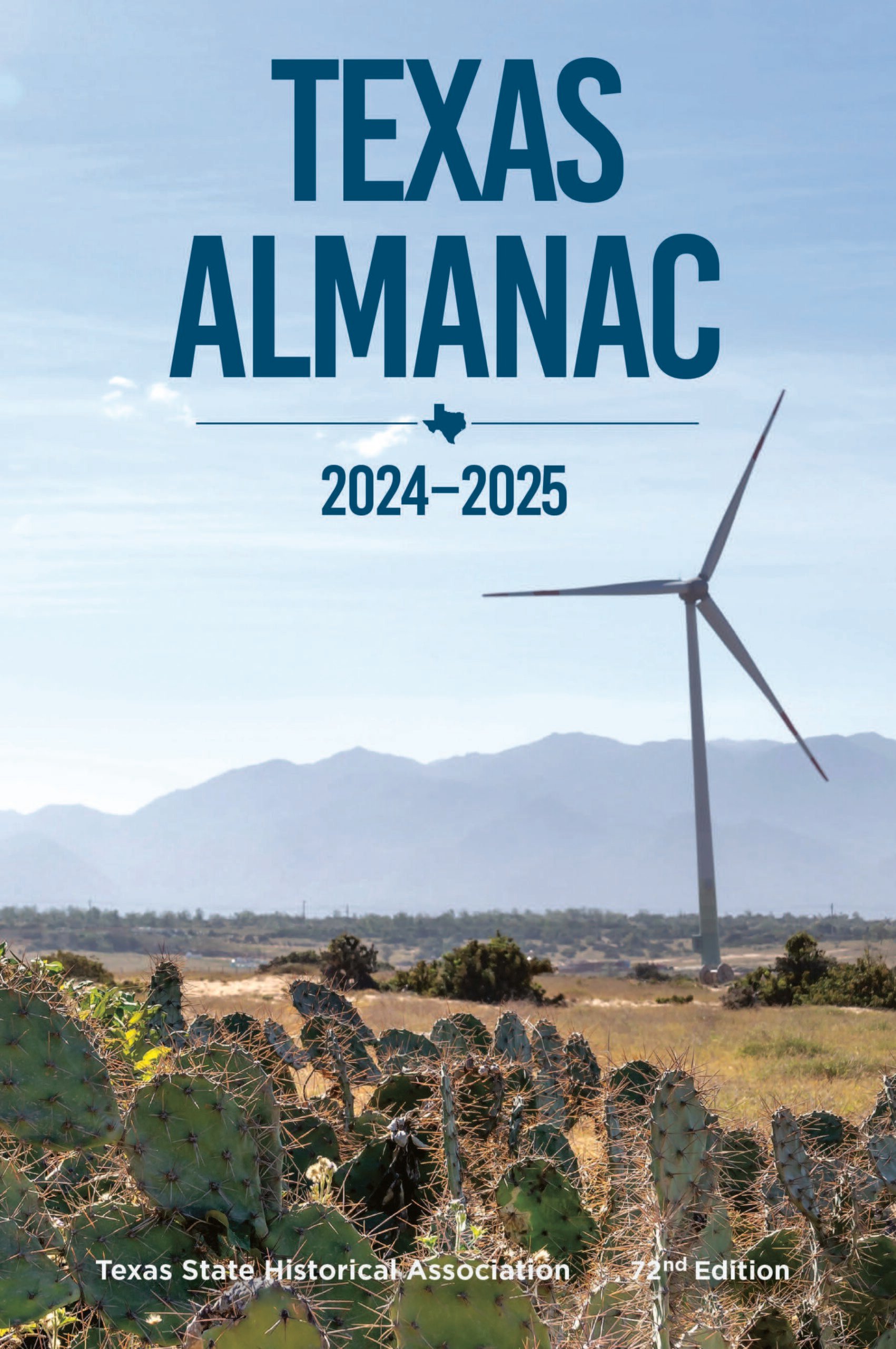Kellum Springs
Grimes County, in southeastern Texas, lies forty miles northwest of Houston and is bordered on the north by Madison County, on the east by Walker and Montgomery counties, on the south by Waller County, and on the west by Washington and Brazos counties. Anderson, the county seat, is the third-largest town in Grimes County. The county's geographical center lies at about 30°34' north latitude and 95°59' west longitude. State Highway 90 is the major north-south thoroughfare, while State highways 30 and 105 run east and west. The county is also served by two major railways: the Burlington Northern Santa Fe and the Union Pacific. Grimes County covers 799 square miles at the boundary between the Post Oak Belt and the Coastal Plain. Most of the area, especially the eastern sections, consists of gently rolling to sloping terrain, while the bottomland along the rivers and streams is nearly level to gently sloping. The elevation ranges from 193 feet above sea level in the southeast to 415 feet in the northwest. The western part of the county is drained by the Navasota and Brazos rivers, which form its western boundary; much of the eastern portion of the county drains into the West Fork of the San Jacinto River, while the Trinity River drains the northernmost areas of the county. Upland soils, which cover much of the area, are gray sandy loams overlying clayey subsoils. Bottomland soils, found in the floodplains of the rivers and principal creeks, are dark, loamy to clayey alluvial soils. A series of prairies featuring Wilson clay blackland soils runs through the southern part of the county. Grimes County lies in a transitional vegetation zone between the post oak savannah, which covers the northern and western sections of the county, and, to the south and east, a region of intermixed forest and prairie, which supports dense stands of oak, elm, pecan, and mesquite, as well as several species of grass. Hardwoods, found in stream valleys and lowlands throughout the county, include post oak, blackjack oak, white oak, hickory, and maple. Fingers of the East Texas Piney Woods extend into the southeastern corner of the county, and upland areas everywhere are mantled by forests of loblolly, shortleaf, and longleaf pine. Between 1 and 10 percent of the land in the county is classified as prime farmland. Modest reserves of petroleum, natural gas, and lignite coal are the most significant of the limited mineral resources in Grimes County. The first tektites found in North America were discovered in Grimes County in 1936. Though the buffalo, bear, and wild hogs which once roamed the area disappeared in the 1800s, in the 1990s the county still included many wild animal species, including white-tailed deer, rabbit, raccoon, and opossum, and wild birds such as the mourning dove and bobwhite quail. Temperatures in the county range from an average high of 96° F in July to an average low of 40° in January. Rainfall averages 40.5 inches a year, and the growing season averages 278 days a year.
The scanty archeological evidence recovered to date suggests that human habitation in the territory constituting modern Grimes County began no later than 5000 B.C., during the early phases of the Archaic period (circa 7000 B.C.-A.D. 500). Excavations along watercourses on the western margins of the county have even yielded a handful of artifacts dating to the late Paleo-Indian period (circa 6500 B.C.). The earliest historical inhabitants of the area were the Bidai Indians. For most of the century after 1691, when they first appeared in the records of the Spanish, the Bidais experienced little contact with Europeans. Though a generally peaceable people, the Bidais incurred Spanish suspicions in the late 1700s by trading with the French and their allies the Lipan Apaches, whom the Bidais supplied with firearms smuggled in from Louisiana. In the late eighteenth and early nineteenth centuries the Bidais suffered a disastrous population decline, primarily as a result of disease. By the early 1800s perhaps only 100 warriors remained, dwelling in a handful of widely scattered villages along the principal local streams, notably Bedias Creek in what is now northern Grimes and southern Madison counties. As Anglo settlement began in the early 1820s, these villages were enlarged by refugees from neighboring tribes such as the Kickapoos and Coushattas. These tribes established homes along the Trinity River on the eastern edge of the Bidai territory; from there they made hunting forays into what is now Grimes County. Their route to the Brazos River in southern Grimes County was known as the Coushatta Trace. The Tonkawa Indians were also known to conduct raids in the area in search of game or plunder, and a group of them may have lived briefly in the bottoms of the lower Navasota River. By and large the Indian residents of what would become Grimes County lived amicably with the Whites who settled among them in the early 1800s. Their presence, in fact, seems to have afforded the Anglo settlers a measure of protection against raids by hostile tribes such as the Comanches and Apaches. The last fatal Indian raid in what would become Grimes County occurred in 1841. Few Bidais remained in the area by that date. Some were assimilated into nearby tribes such as the Orcoquizas, the Coushattas, and the Caddos. Most of the surviving Bidais were finally expelled to reservations, first on the upper Brazos River, and later in the Oklahoma Territory, by the United States government's general removal program in 1854. The 1860 census found only six Indians still in residence in the county.
Charles Christopher Jackson | © TSHA

Adapted from the official Handbook of Texas, a state encyclopedia developed by Texas State Historical Association (TSHA). It is an authoritative source of trusted historical records.

- ✅ Adoption Status:
- This place is available for adoption! Available for adoption!
- Adopted by:
- Your name goes here
- Dedication Message:
- Your message goes here
Belongs to
Kellum Springs is part of or belongs to the following places:
Currently Exists
No
Place type
Kellum Springs is classified as a Town
Associated Names
- (Kellum's -)
- (White Sulphur Springs)
Has Post Office
No
Is Incorporated
No

